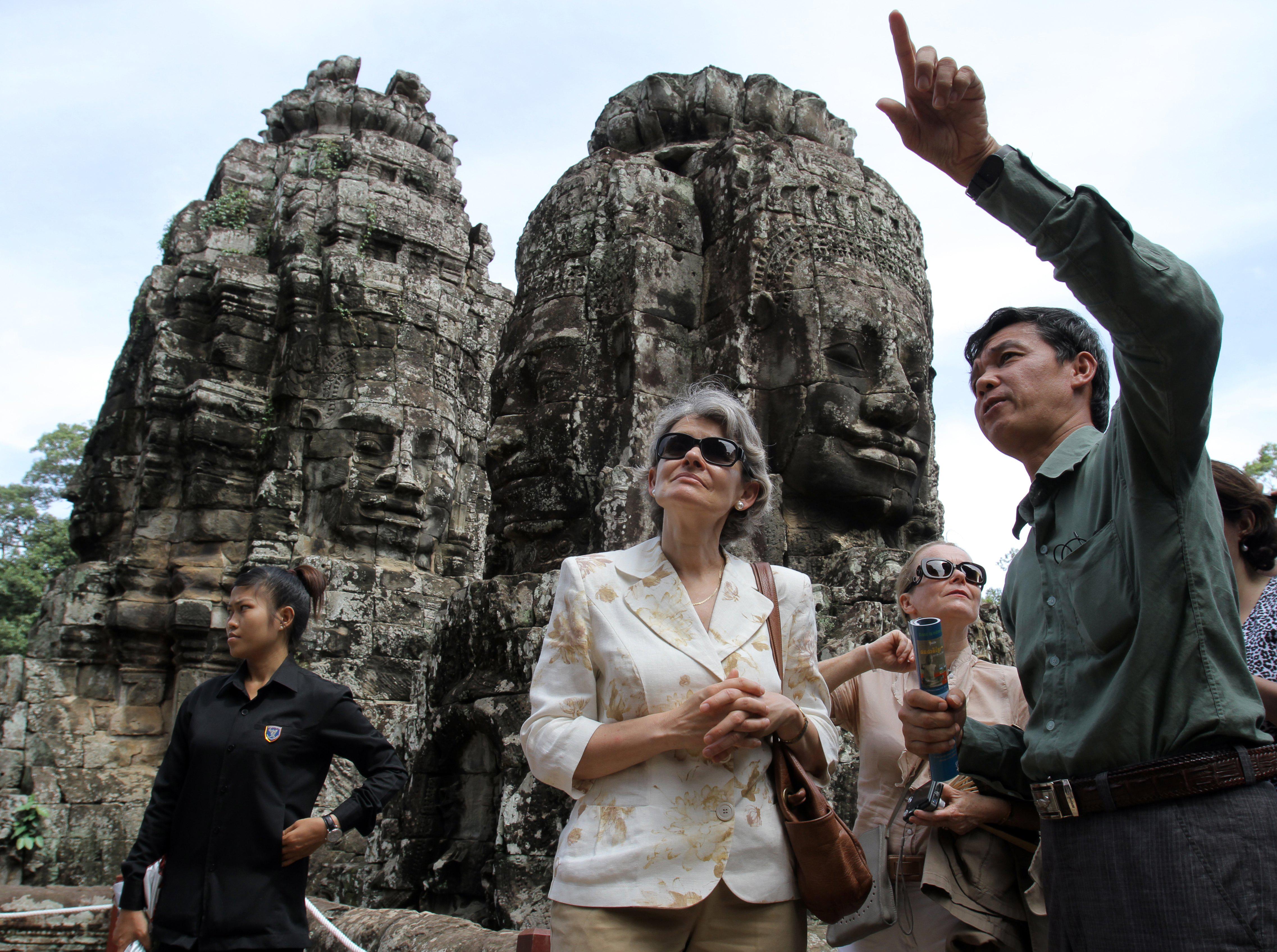Something I find fascinating is the possibly misguided nature of the assumption that heavy street traffic necessitates the use of traffic lights and stop signs. The theory is that controlled intersections are faster and safer. But the empirics don’t necessarily bare this out, and the late Dutch traffic engineer Hans Monderman has persuaded a number of jurisdictions to shift to an uncontrolled model, especially in Northern Europe. In Southeast Asia, meanwhile, uncontrolled intersections are popular not because of hip traffic engineering theories but simply because economic growth and vehicle ownership is growing faster than infrastructure.
And it seems to work well. Here’s something I shot with my iPhone in Siem Reap:
It seems to work perfectly fine. The key thing is that basically everyone drives slowly and steadily rather than in a stop-and-go manner. Stop-and-go turns out to be less a way of increasing safety than a way of maximizing the value of vehicles with high top speeds (i.e., automobiles) rather than slower vehicles (bicycles, scooters, motorcycles). So filling your city with signalized intersections turns out to be a kind of backdoor subsidy to automobile ownership. That’s fine if promoting the auto industry is your policy goal (as it certainly was for the United States in the second half of the 20th century) but as more and more western cities now claim to have the policy goal of reducing car ownership, they might find they have a lot to learn from poorer countries.
